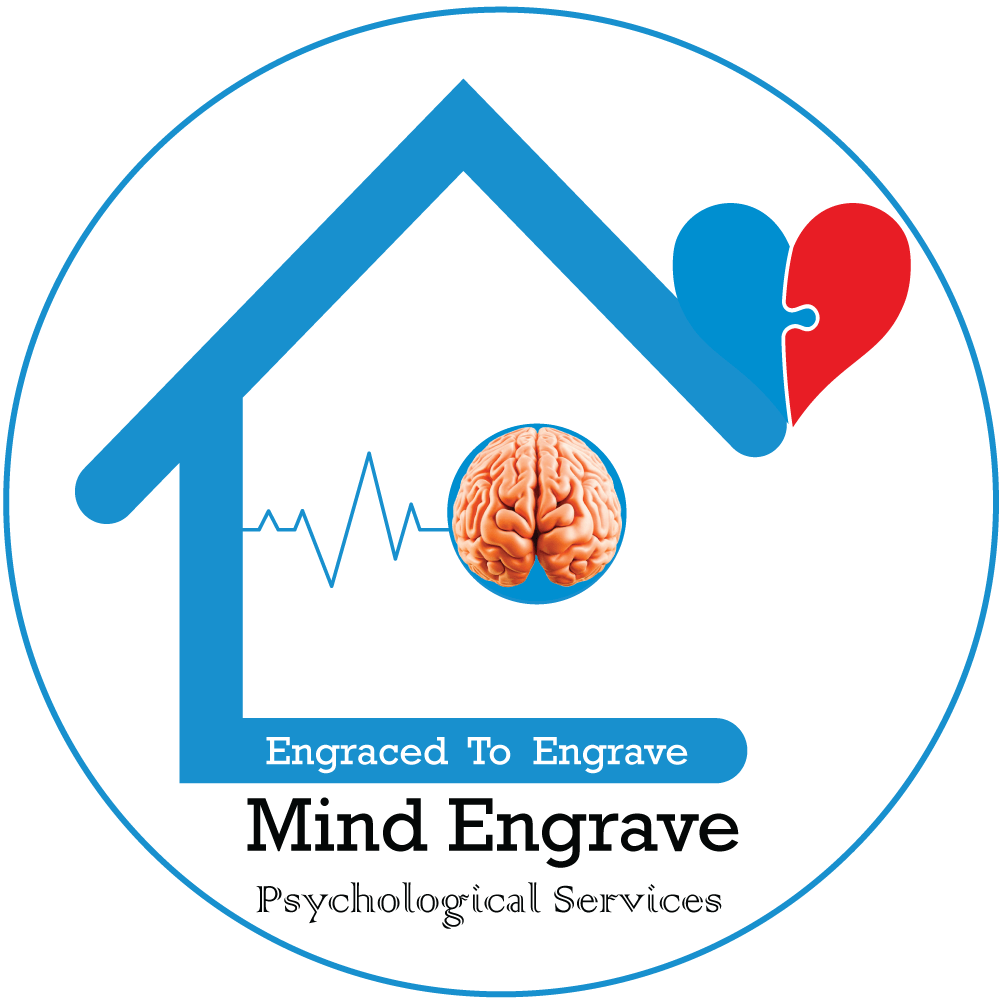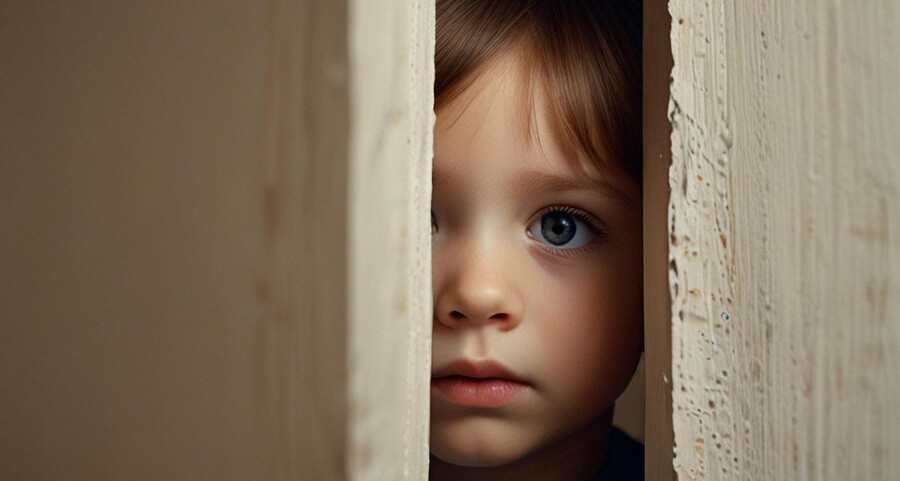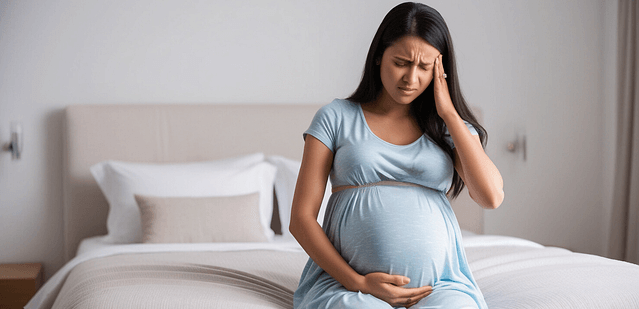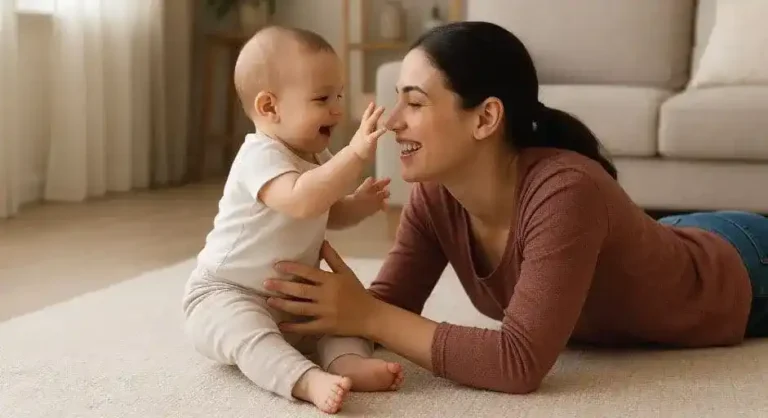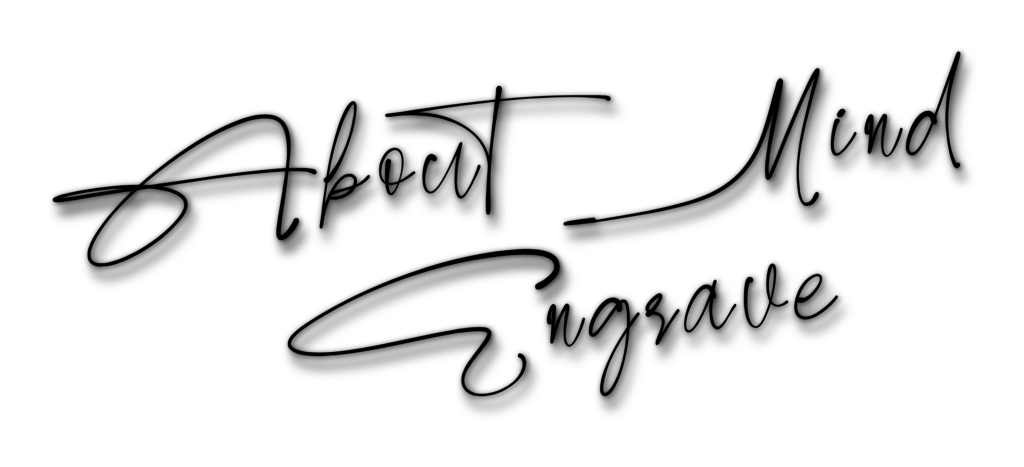CBT for Anxious Children: 7 Powerful Brain Changes After Therapy
CBT for anxious children now has clear neural evidence. The 2024 study, summarized in the NIMH press release, shows that 12 weeks of CBT reduced frontal/parietal and amygdala hyperactivity. Researchers found that 12 weeks of structured cognitive behavioral therapy reduced overactivity in frontal, parietal, and amygdala regions and coincided with clinical improvement. This finding moves CBT beyond good clinical judgment into measurable brain change, and it carries real implications for clinicians, families, and everyday life.
In a well-powered study of unmedicated youth, researchers scanned the brains of 69 children diagnosed with anxiety before and after 12 weeks of CBT and compared them with non-anxious peers. Before treatment, children showed widespread hyperactivity across cognitive control areas (frontal and parietal lobes) and emotional centers (including the amygdala). After therapy, much of that hyperactivity decreased to levels similar to non-anxious children, and anxiety symptoms fell in parallel. The study also found that some limbic regions—such as the right amygdala—remained more active after short-term CBT, suggesting that certain circuits may need longer or different interventions to fully normalize.
Clinicians should note three practical takeaways:
These steps can increase the likelihood of durable recovery and help clinicians make data-informed choices.
Parents and teachers can reinforce therapeutic gains with simple, structured actions:
These home and school routines help translate clinic gains into lasting brain change. Below are the practical steps clinicians and families can use now:
The research provides robust support for CBT’s neural effects in many regions, but not all brain areas fully normalized after 12 weeks. That reality points to the need for research on who responds best and whether longer or combined treatments improve outcomes for the subset of children with persistent limbic activation. Clinicians should apply these findings with thoughtful monitoring and adapt plans when children show partial responses.
CBT for anxious children no longer rests solely on reported symptom change; researchers now link therapy to measurable shifts in brain activity. For clinicians, that means richer evidence to guide treatment choices. For families and schools, it means practical daily routines can strengthen therapy’s neural benefits. Together—through timely therapy, careful measurement, and consistent home practice—we can help anxious children rewire toward resilience and calm.

Odusanya Adedeji
Odusanya Adedeji A., is a Licensed & Certified Clinical Psychologist whose domain of expertise cuts across management of specific mental health issues such as, Depression, PTSD, Anxiety & Anxiety related disorders, substance use disorder, etc
